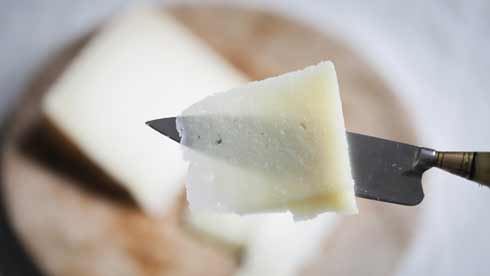CHOCOLATE, A SPANISH TRADITION
We speak with Julián Sánchez from El Canario to learn all about Spanish chocolate.
We have talked to El Canario Pralinés, which neatly represent and bring together two very different strands of the Spanish tradition for Dulces, or sweets.
In a sense, the Pralinés overlap between Turrón and chocolate, being made with ground nuts, blended with chocolate and whole nuts. Turrón is a kind of Spanish nougat made with almonds and honey, a traditional Christmas sweet, which dates back in influence to the occupation of the Moors. Meanwhile the introduction of chocolate to Europe is also very Spanish in history, as it came to us via the Spanish Conquistadores.
El Canario and El Barco Delice chocolates and drinking chocolates, with their old-fashioned packaging designs and beautiful drawings on brown paper have been a Brindisa favourite for many years. They are made in Ávila by Julián Sánchez García, our bean entrepreneur, who selects legumes for us but who is also an expert in cocoa beans. He selects all his own chocolate and grinds and roasts it himself. He even plans to have a small chocolate museum to explain the history and roots of chocolate making to his customers, on his original production site.
We asked Julián for a potted history of how his family became involved in chocolate:
How did the company start, and why chocolate in Ávila?
“The company started 126 years ago in a small village in Ávila, called Navatejares. Juan and Natalia began the business, making all kinds of different sweets and cakes. Their son Laureano moved to the city of Plasencia in Extremadura, where he began working in a chocolate factory.
Although it may seem strange that there was a chocolate factory in Extremadura, in fact this (along with Castilla) was the land of the conquistadors, and the first place to have contact with the discoveries from the New World, including cocoa. Laureano returned to Navatejares, married Carmen and decided to dedicate the family business to chocolate, but he also toasted coffee.”
What challenges did Laureano face in the early days?
“In those days, it was very difficult to survive, particularly because access to key raw ingredients like cocoa, coffee and even sugar, was limited by the state in both price and quantity. Each factory would only be allocated limited quantities per year, depending on the size of the company.
On top of this, an added difficulty was that Laureano and Carmen had to travel 80km to Ávila city, which was where the goods would arrive by train. They would collect the ingredients in a cart pulled by cows, all of which added to the cost of production.
With a huge amount of effort, Laureano managed to build his own factory, which he designed himself, where at last he was able to increase his chocolate production.
By a complicated system of pulleys and a petrol motor, he was also able to work the first pieces of machinery.”
And today?
“The brands “El Canario” and “El Barco Delice” were introduced in 1955 and 2006. Eventually in 1988 the company moved to its current location, el Barco de Ávila.
Today, the production facilities are up to date and in line with legislation and the company continues to make chocolates of the highest quality, maintaining its essential principles and the same recipes, passed down through the family since 1885.”
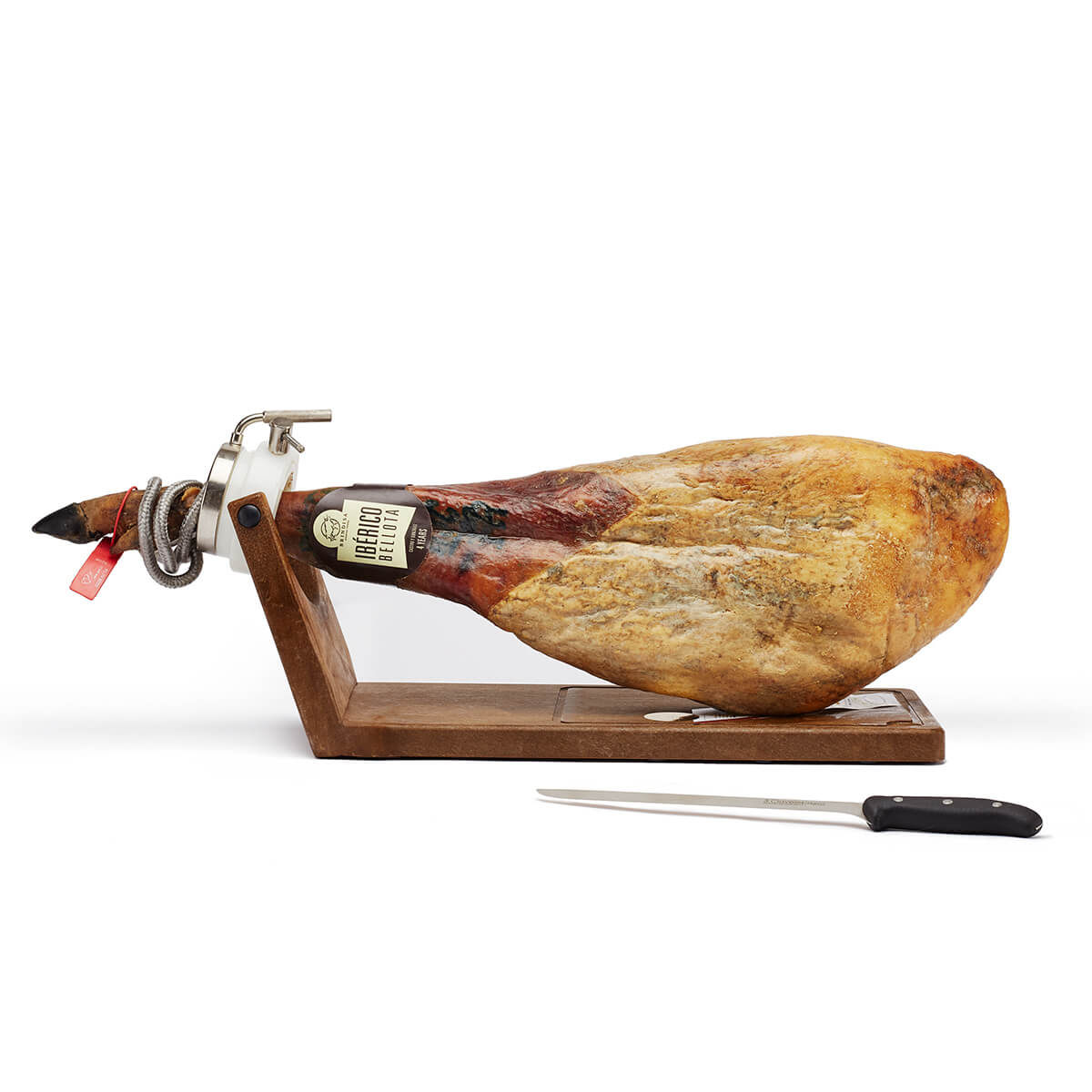 Brindisa Bellota 75% Iberico Ham Kit
Brindisa Bellota 75% Iberico Ham Kit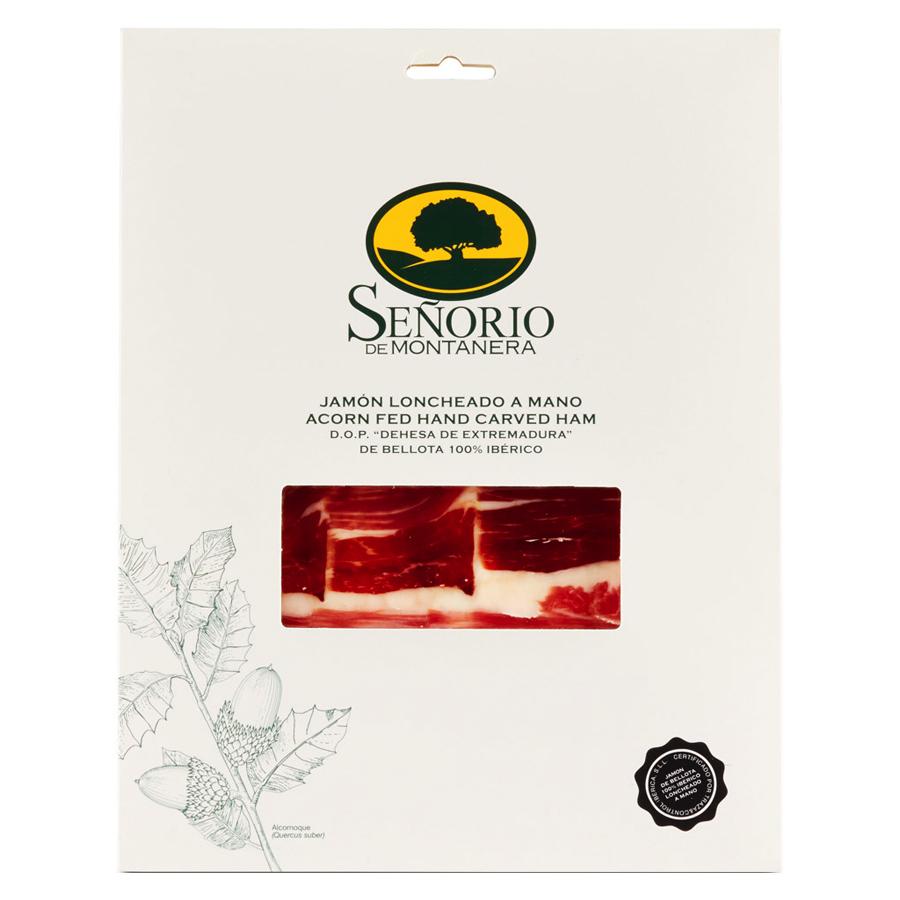 100% Iberico Hand-Carved Ham
100% Iberico Hand-Carved Ham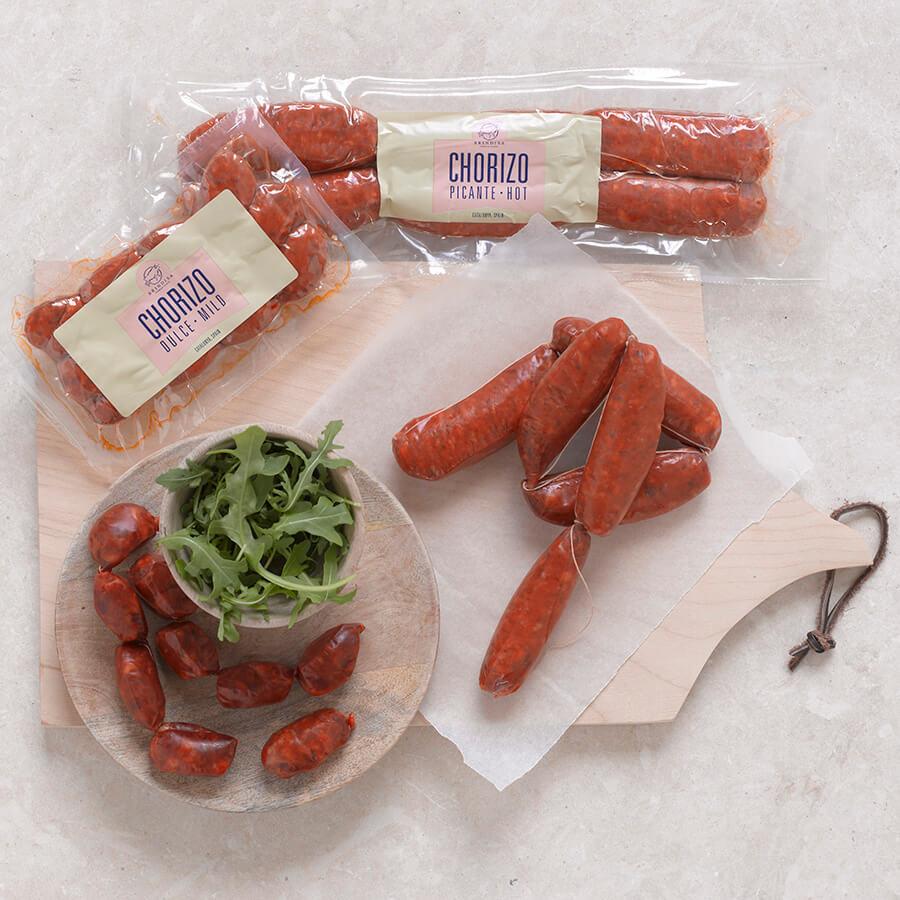 Cooking Chorizo
Cooking Chorizo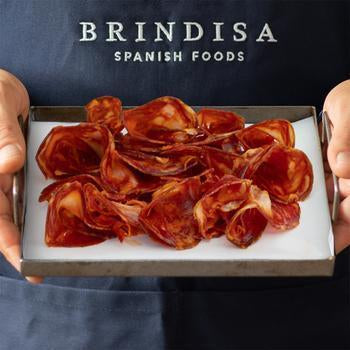 Freshly Sliced Charcuterie
Freshly Sliced Charcuterie Truffle Manchego
Truffle Manchego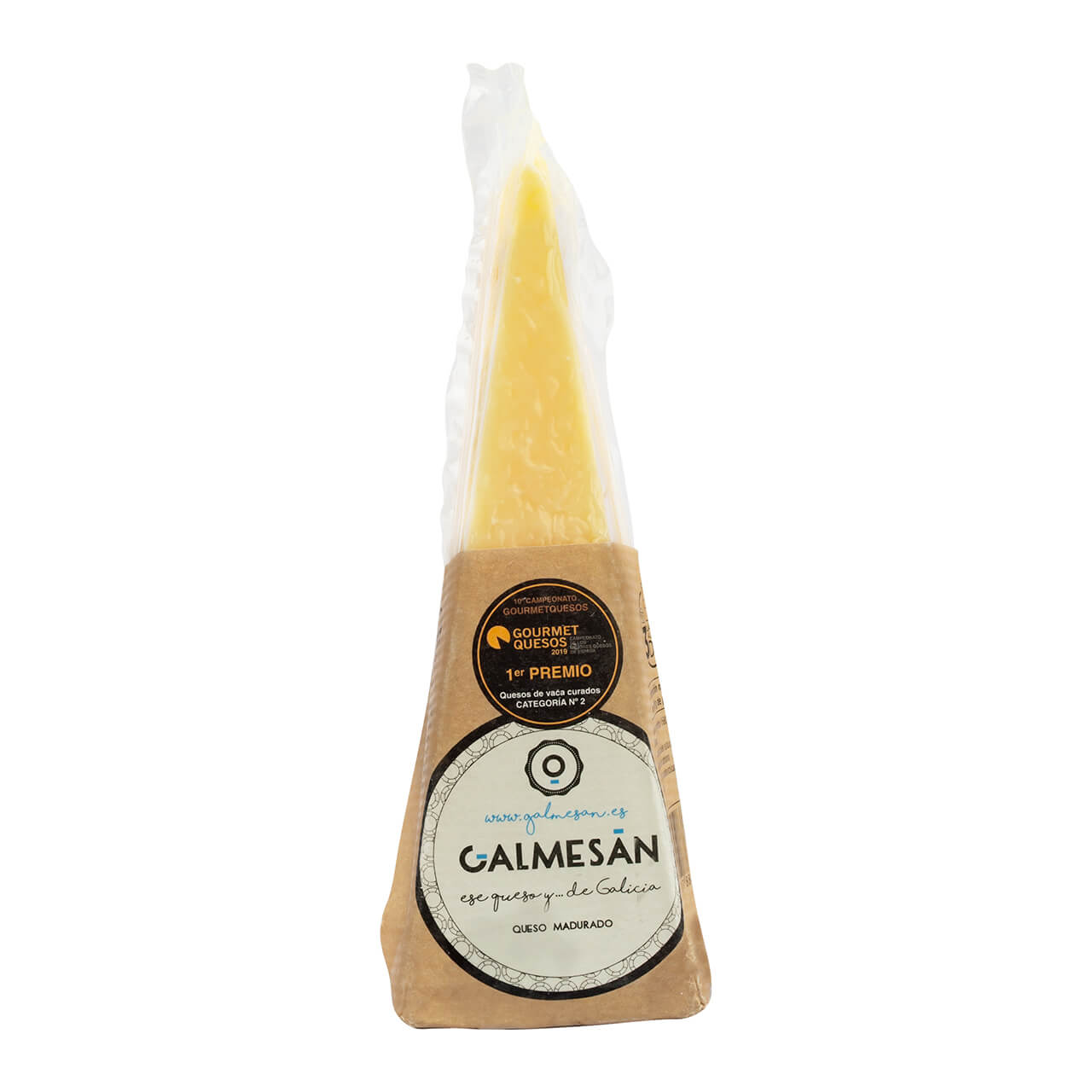 Galmesan Wedge
Galmesan Wedge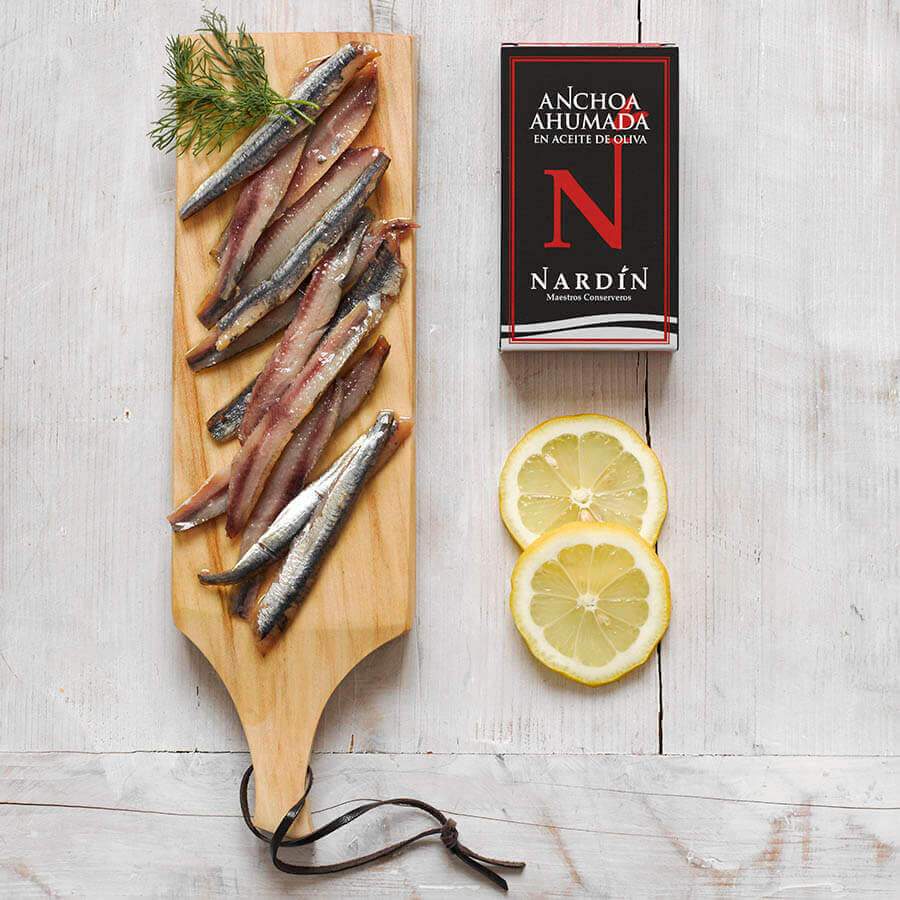 Beech Smoked Anchovies
Beech Smoked Anchovies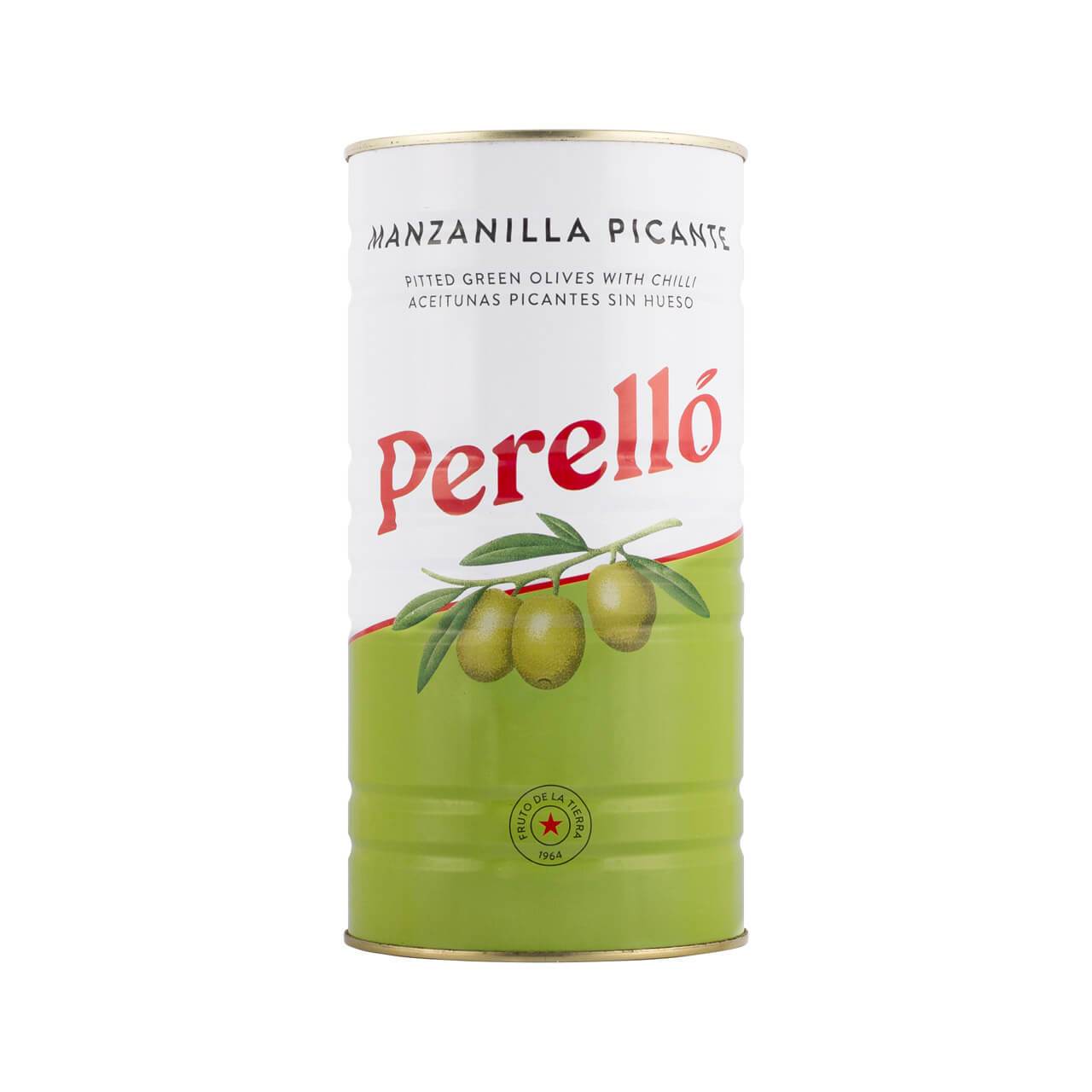 Perello Manzanilla "Martini" Olives
Perello Manzanilla "Martini" Olives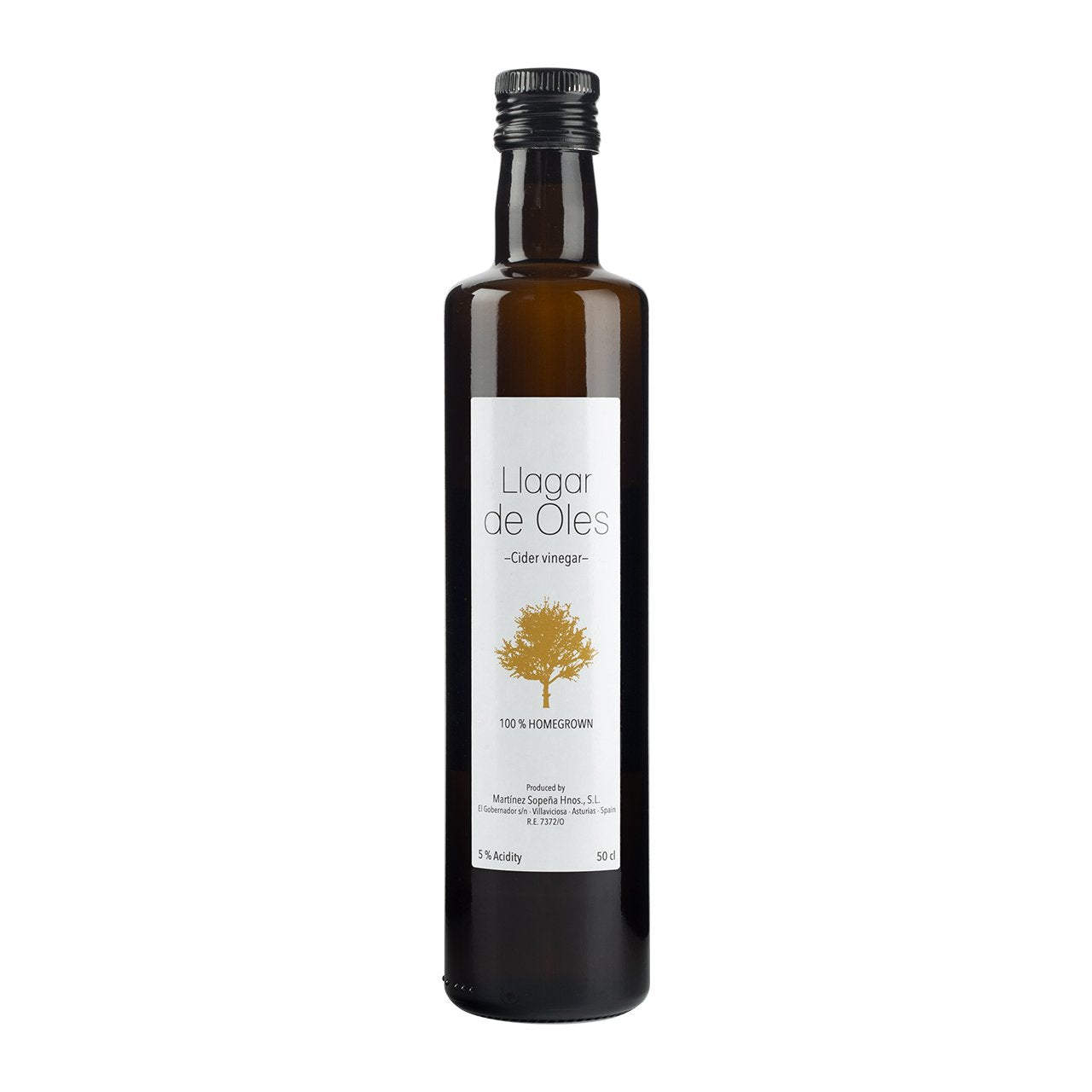 Apple Cider Vinegar
Apple Cider Vinegar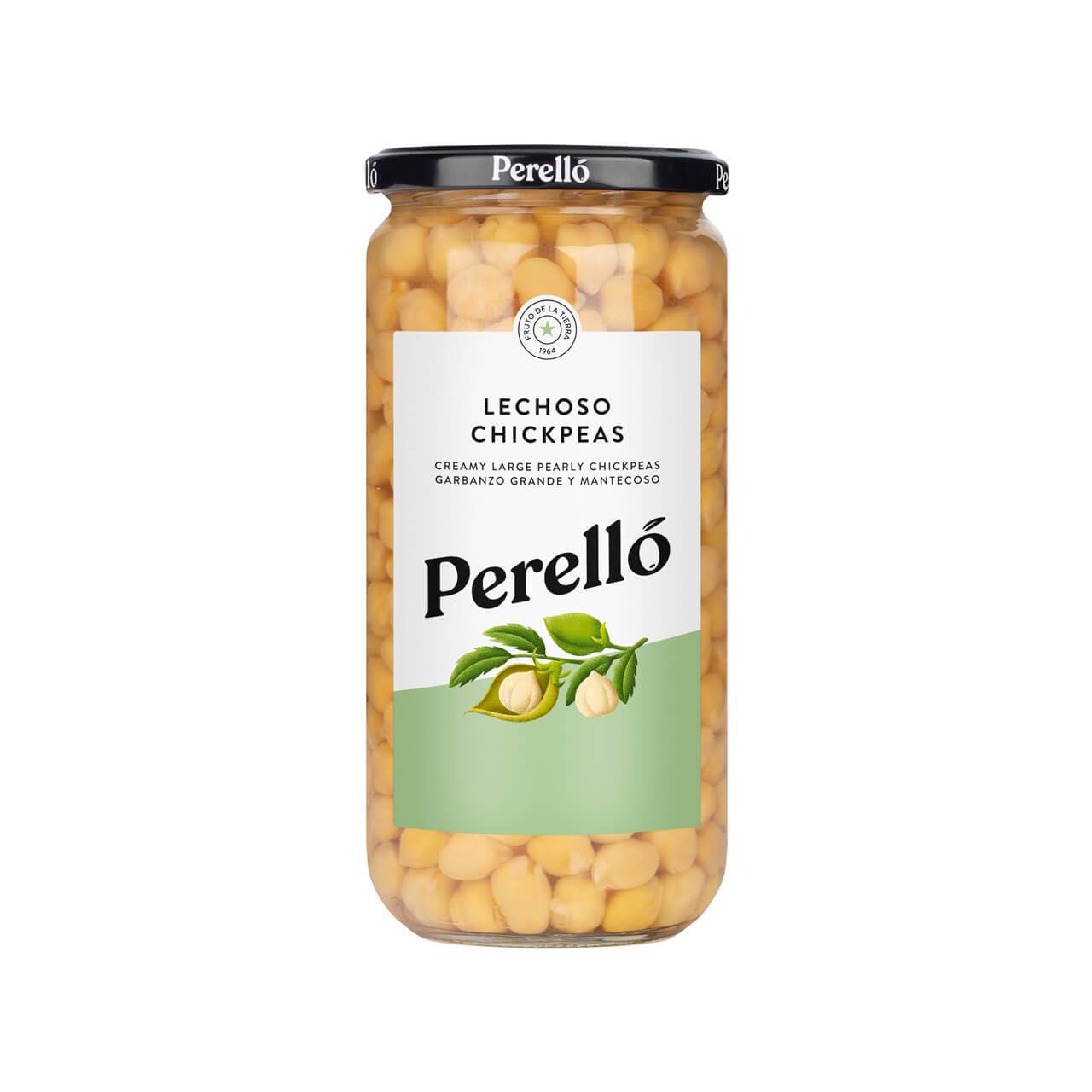 Perello Chickpeas
Perello Chickpeas Buy a Gift Card
Buy a Gift Card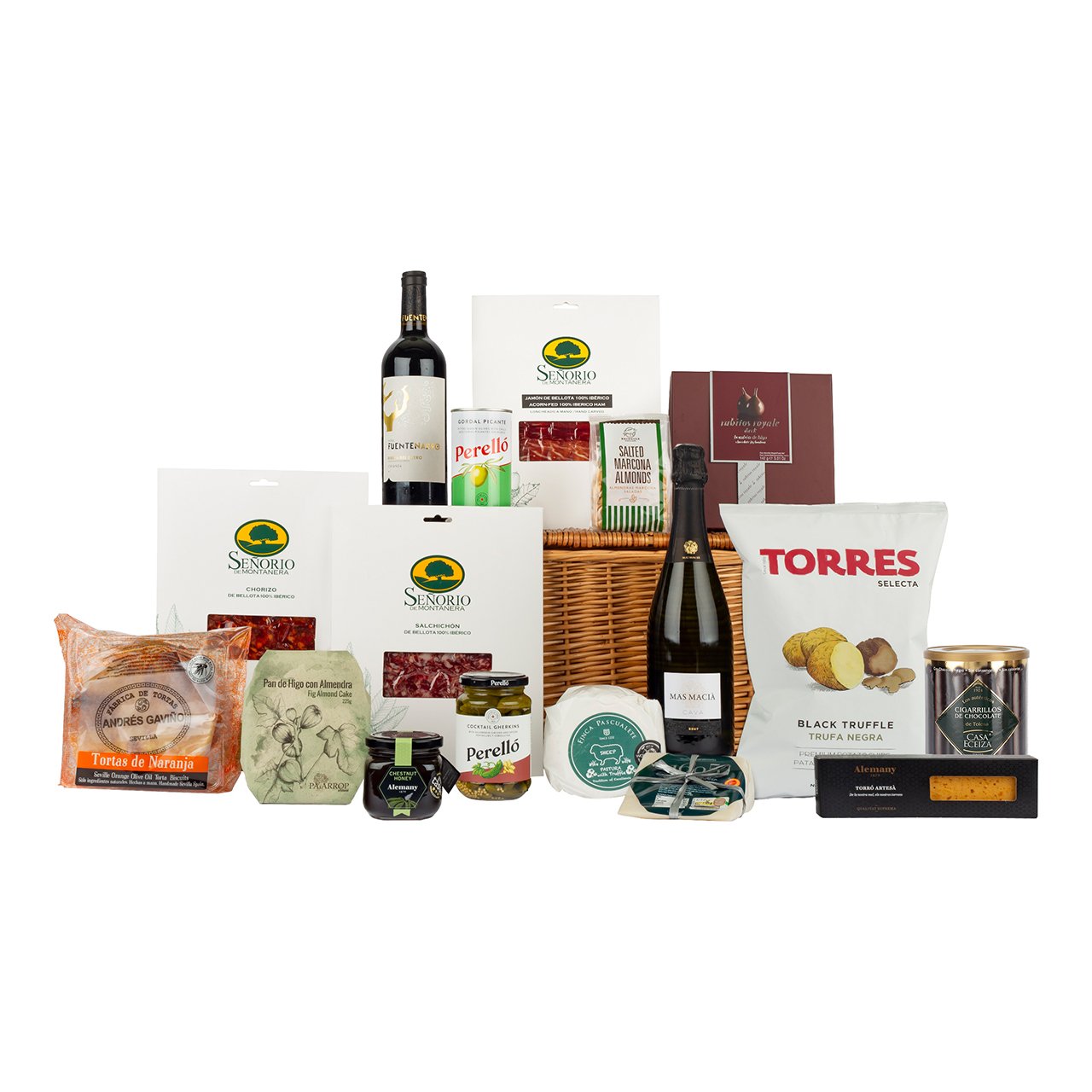 Celebration Hamper
Celebration Hamper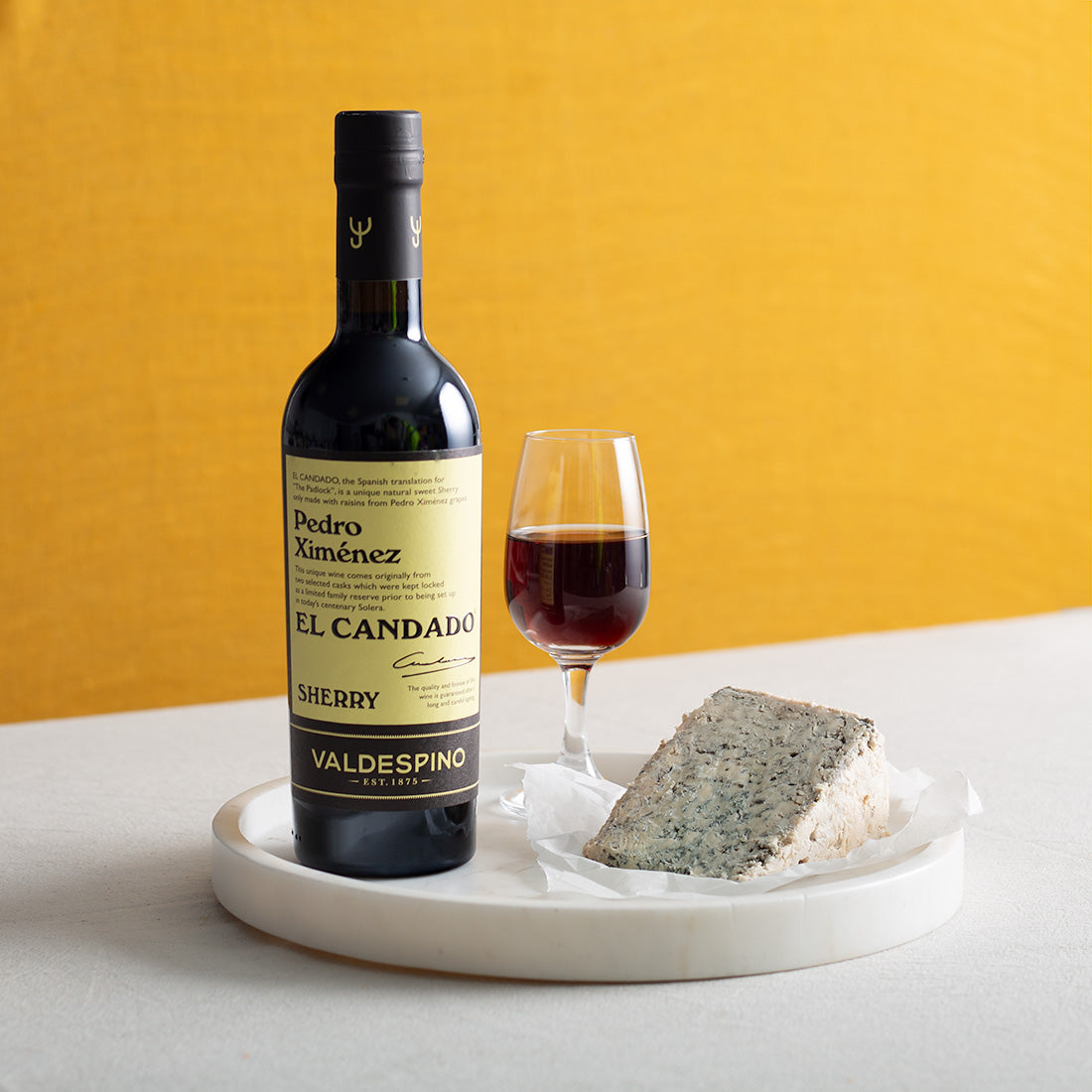 Sherry
Sherry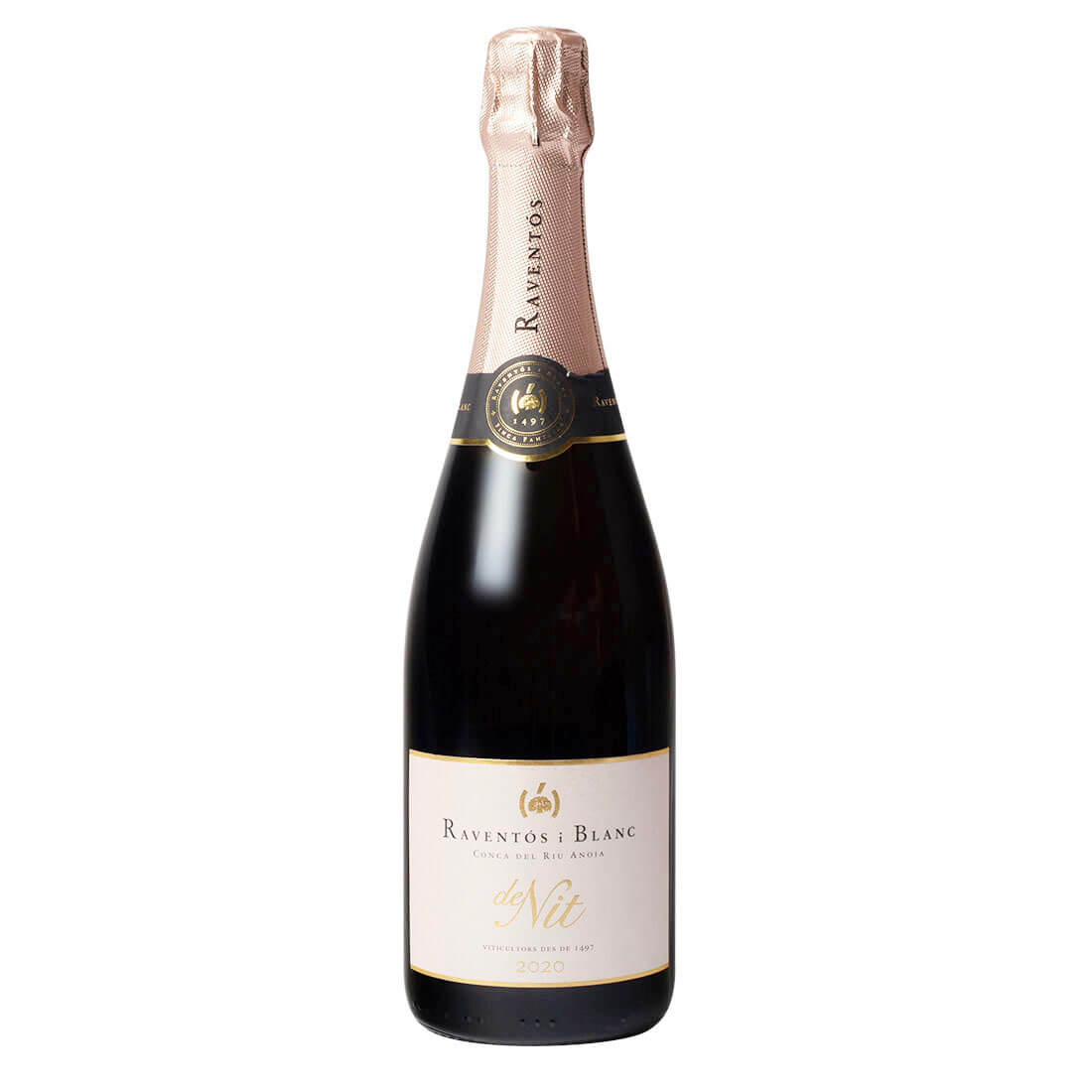 Sparkling Cava for Christmas
Sparkling Cava for Christmas Perello Olives
Perello Olives Navarrico Butter Beans
Navarrico Butter Beans






